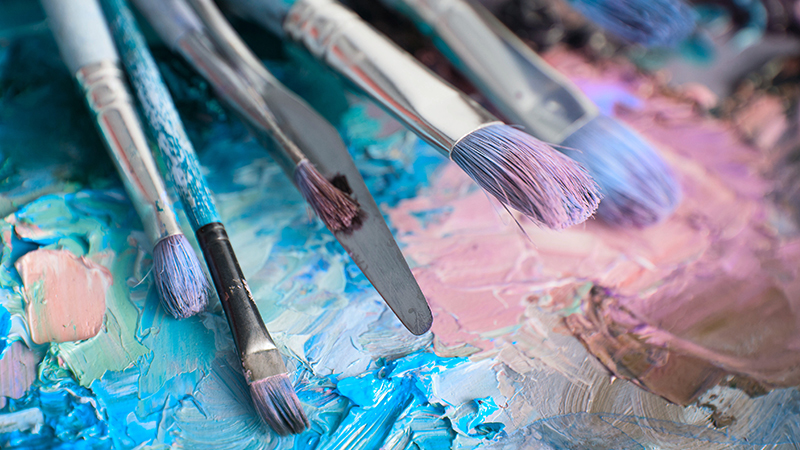Black History Month gives reason for both celebration and remembrance. As a teacher, you have an opportunity to showcase the bounty of accomplishments created through the creativity and resilience of this community. Of course, Black History Month is not only a celebration, but also a reflection on the many trials and injustices persons of color have endured.
Their communities have a long, storied history within the realm of visual art, a fact which you can use as a vehicle to educate your students on history and social justice. To assist you in celebrating African-American artists in the classroom, we’ve curated brief biographies and pedagogical insights into work ranging from antiquity to contemporary time periods.
Joshua Johnson, c. 1763-1878
The biography of Joshua Johnson (sometimes referred to as Johnston) has many pieces missing. Transactional records tell us Johnson lived as a slave from his birth in circa 1763 until he became free in 1782. His work did not receive recognition until the 1930s, though he died many years prior. Thanks to his art, the world is a much richer place.
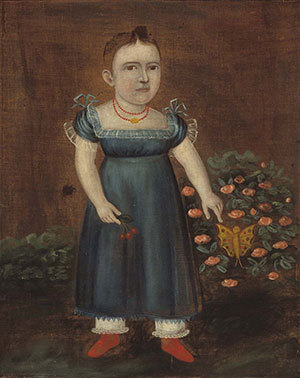
Without a formal education, his work falls under the naïve art category; regardless of training, the paintings’ striking techniques speak volumes. Johnson’s art teaches students not only about the tragic history of slavery, but also about the paramount importance of documentation, remembrance, and candor.
Kara Walker, 1969
Contrasted with painting and sculpture, Kara Walker works with a unique medium. Using paper silhouettes, the artist creates panoramic friezes that generally focus on a narrative. Specifically, these scenes focus on slavery stories and highlight the veracity of systemic racism. Though she explores heartbreakingly real topics, her work often includes surrealist elements used for symbolic and metaphorical purposes.

Many students believe, by no fault of their own, that museums are filled with relics created by Caucasian men who died in centuries past. Walker’s story-based art proves that artists are not only diverse, but also still living and creating relevant pieces that respond to the cultural zeitgeist.
Jacob Lawrence, 1917-2000
As cited by the National Gallery of Art, Jacob Lawrence’s paintings exude “human dignity, freedom, and […] social consciousness. His images portray the everyday reality, the struggles and successes of African-American life.” In this way, Lawrence’s work teaches us about one of art’s purposes — that is, to explore the human condition and all the complex strife that comes with it.
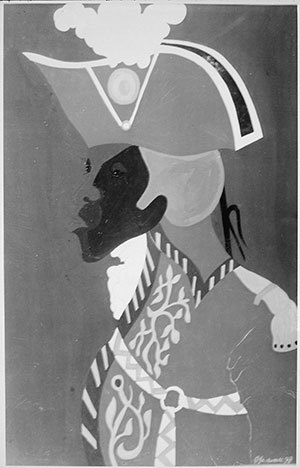
These paintings represent experience as told through the eyes of someone who lived it, with pieces that use both first- and third-person points of view. Teachers can use Lawrence’s work as a catalyst to teach about the thriving culture of Harlem, the African-American experience, and the aesthetic style Cubism.
Robert Seldon Duncanson, 1821-1872
Curators and art historians categorize Robert Seldon Duncanson’s paintings into five buckets: portraits, regional landscapes, landscapes inspired by literature, still lifes, and murals. Gaining praise for his nature depictions and trompe l’oeil murals commissioned by abolitionist leaders, Duncanson created pieces that tackle social injustice alongside art made in celebration of the natural world.
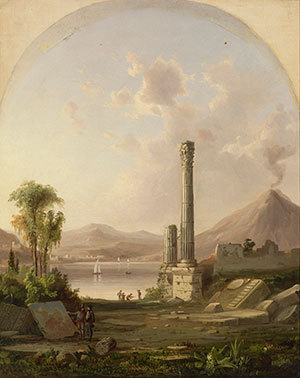
As with many artists on this list, teachers can use Duncanson’s paintings as catalysts for history lessons. At the same time, these works also provide educators with fodder to teach nuance and mood. In other words, though Duncanson lived in an especially turbulent time for African-Americans, his work straddled the line between the whimsically romantic and brutally realistic.
Alma Woodsey Thomas, 1891-1978
A teacher as well as an artist, Alma Woodsey Thomas dedicated her life to community betterment. Forming art clubs, giving lectures, and setting up student exhibitions —Thomas allowed others to use their voices for positive change. However, she is most well-regarded for her multicolored mosaic paintings.
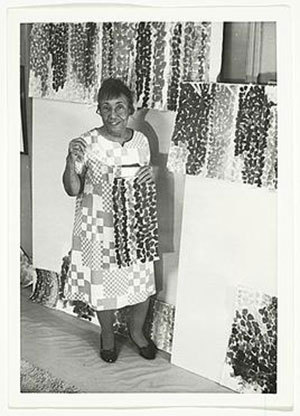
Though she passed away in the late ‘70s, Thomas’ paintings hung in the White House from 2009 to 2017, a testament to how the arts and humanities have the power to change the course of history. As well, for teachers looking to show their students technique examples, Alma Woodsey Thomas provides a chief case study.
Lois Mailou Jones, 1905-1998
Influenced by African traditions, Lois Mailou Jones spent her days creating art and teaching, spending over 70 years in studios and classrooms. A renaissance woman gifted with a plethora of talents, Jones also taught dance classes and played piano at her church. In this way, Jones used art, in several variations, as a form of public service.
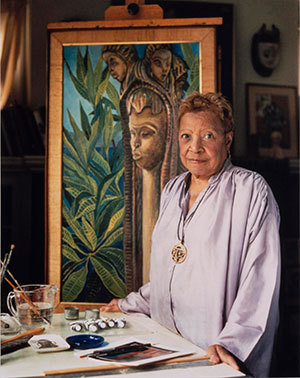
As a visual artist, Jones spanned a gamut of styles, from sheer realism to impressionism and expressionism. Traveling to Paris and Haiti, she learned how the black experience, at least for Jones herself, differed from country to country. In this way, her work and public service reveals a big-picture of the black experience that provides hope for social change.
Betye Saar, 1926
Betye Saar’s artwork does not focus on paint, or clay, or metal, or printmaking. Instead, she leverages the medium known as assemblage, meaning that no creative tools remain unusable. Using Jim Crowe era stereotypes as subject matter, Saar reverses the hateful function of characters such as “mammy” to shed light on how the past is not truly gone. “The Liberation of Aunt Jemima” provides a notable example.
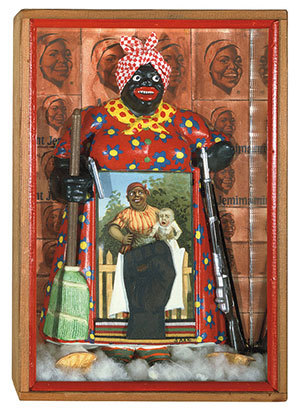
Art reacts to the world around us, and sometimes that reality is painful. Betye Saar creates work that commands attention, revealing bleak histories and shedding light where there is otherwise darkness. And there’s no better reason to teach a concept than that.
